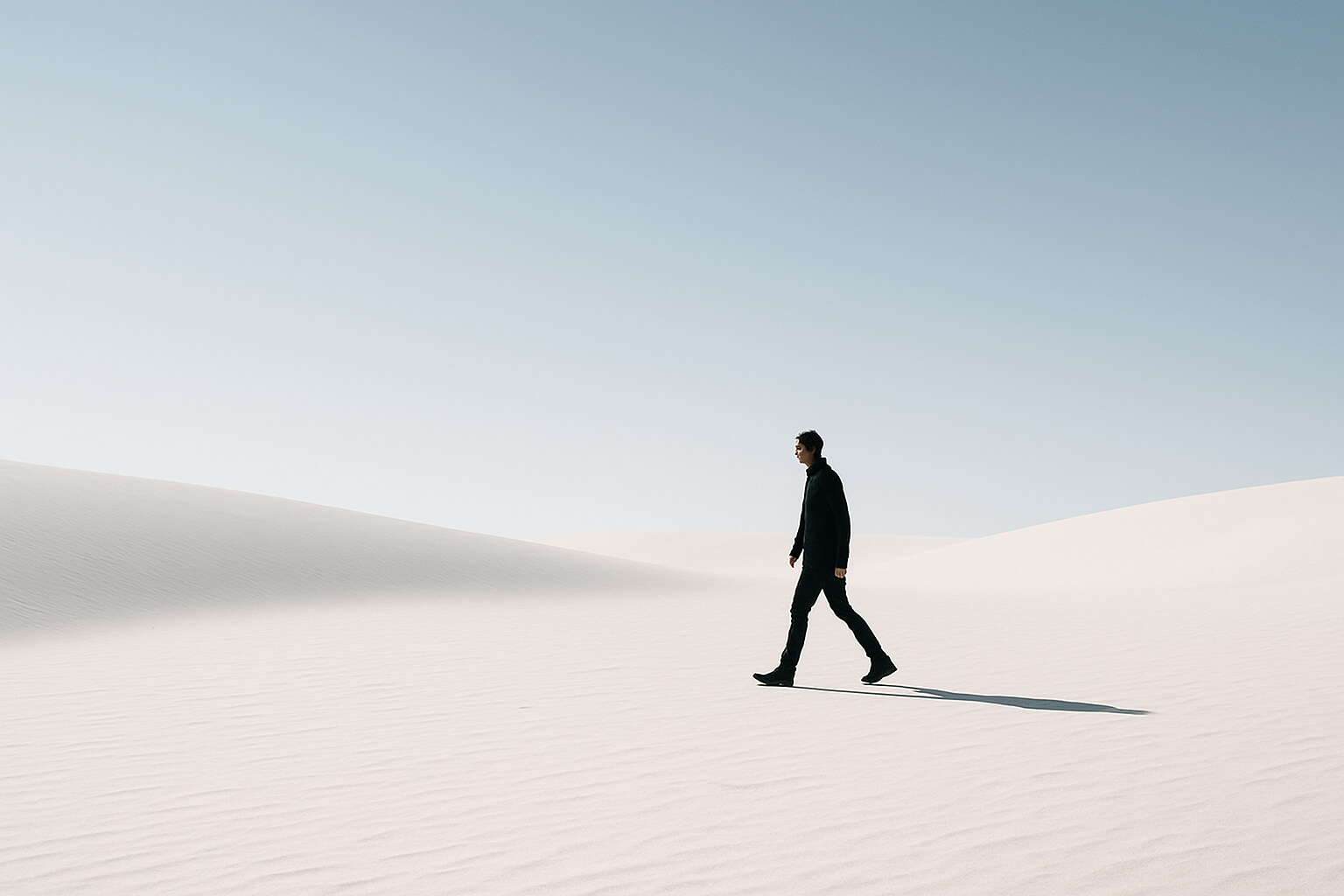June 09, 2025

In photography, what you leave out of a frame is just as important as what you include. Negative space—the area surrounding your subject—plays a powerful role in composition, storytelling, and emotion. Mastering this concept can dramatically improve your visual style and help you create images that truly stand out.
Negative space is the empty or open area around the main subject of your photograph. This space gives your subject room to breathe and draws attention without distraction. Think of it like the “quiet” in a visual conversation—rather than filling every inch of the frame, negative space allows the eye to rest and leads the viewer directly to the most important element.
For example, when shooting a portrait against a clear sky, a wide-angle lens such as the popular Canon EF 16-35mm f/4L IS can capture expansive backgrounds, emphasizing the subject’s isolation and the surrounding empty space.
1. Simplify Your Background : Look for backgrounds that don’t distract from your subject. Shooting against a clear blue sky, plain walls, or using blurred backgrounds created by lenses with wide apertures (like the affordable and sharp Canon EF 50mm f/1.8 STM) helps isolate your subject and create strong negative space.
For outdoor shoots, portable diffusers and reflectors such as the Neewer 5-in-1 Reflector help control light and keep backgrounds smooth and simple.
2. Use Minimalism : Minimalism in photography thrives on negative space. By focusing on a single subject—like a bird on a branch or a lone leaf—you can create powerful images that feel clean and intentional. Lightweight cameras such as the Sony Alpha a6400 make it easy to capture minimalist shots on the go without bulky gear slowing you down.
3. Try Asymmetrical Composition : Placing your subject off-center using the rule of thirds helps guide the viewer’s eye across the frame, creating a dynamic and engaging composition. To get precise framing, a sturdy but portable tripod like the Manfrotto Befree Advanced can be invaluable, especially in low light or when using slow shutter speeds.
4. Use Contrast : Contrast between subject and background enhances the power of negative space. A black silhouette against a pale sky stands out strongly, making your subject pop. Shooting in black and white often emphasizes contrast further. Portable LED lights such as the Aputure Amaran AL-M9 help create or adjust lighting for this effect even in challenging conditions.
For editing, software like Adobe Lightroom offers easy tools to boost contrast and sharpen your image, perfect for highlighting negative space.
Negative space isn’t just empty—it’s meaningful and intentional. It helps tell your story, focus attention, convey emotion, and elevate your photography’s style. Instead of trying to fill every inch of your frame, learn to simplify, step back, and embrace the space around your subject. With the right gear and approach, you’ll create images that look clean, professional, and cinematic.
Related Reads:
Stay up to date with the newest tips, gear reviews, and step-by-step guides to elevate your photography journey from home and beyond.